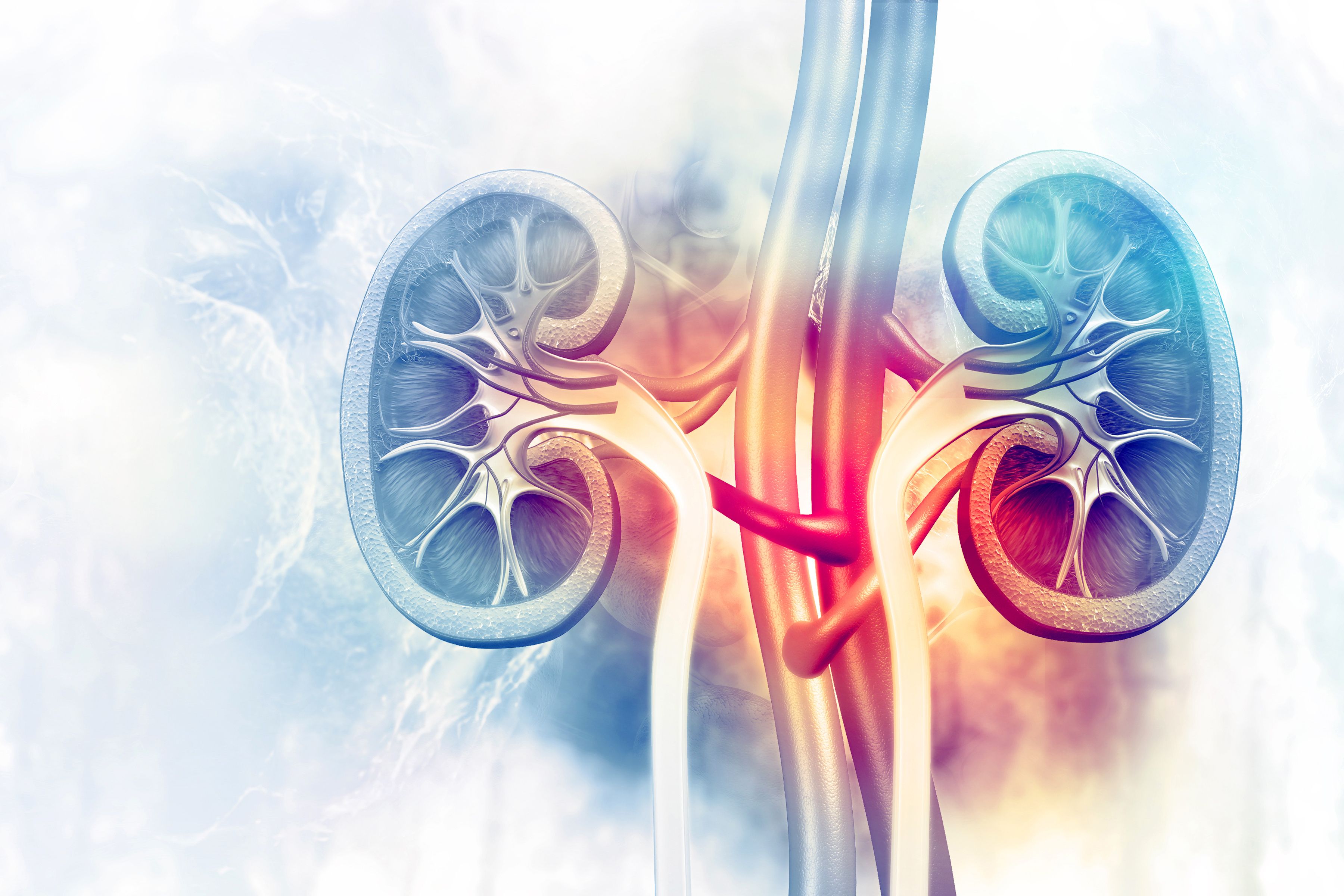Article
Study Describes Early Benefit, Effectiveness of RASi for CKD
Author(s):
An observational study showed that it may be more effective to start patients on a renin-angiotensin system inhibitor (RASi) than a calcium channel blocker in delaying progression of advanced kidney disease.
Starting patients with advanced kidney disease on a renin-angiotensin system inhibitor (RASi) may be more effective than prescribing a calcium channel blocker (CCB) to patients with advanced kidney disease, according to a new observational study.
Although there has been considerable research illustrating the benefits of RASi in early-stage chronic kidney disease (CKD), data has been lacking regarding their effectiveness in advanced-stage disease (G4‑5). Such patients are often excluded from clinical trials.
A study published recently in the American Journal of Kidney Diseases reviewed data from a Swedish registry comparing the efficacy of RASi to CCB, an alternative set of antihypertensives, in delaying kidney and cardiovascular outcomes: kidney replacement therapy (KRT), mortality, and major adverse cardiovascular events (MACE, defined as cardiovascular death, hospitalization due to stroke, or myocardial infarction).
The authors found a significantly lower risk of KRT—defined as the date of start of maintenance dialysis or kidney transplantation—after starting patients on RASi as compared to CCB. The adjusted hazard ratio (aHR) was 0.79 (95% CI, 0.69-0.89). The risks of mortality (aHR 0.97; 95% CI, 0.88-1.07) and MACE (aHR 1.00; 95% CI, 0.88-1.15) were similar for each drug category.
RASi (angiotensin-converting enzyme inhibitors and angiotensin receptor blockers) had been shown in previous studies to be more effective in delaying the progression of CKD than other agents for early-stage disease. It is the first-line treatment among anti-hypertensives in patients with CKD G1-3 and proteinuria, with or without diabetes.
However, a recent controversies report by the National Kidney Foundation-Kidney Disease Outcomes Quality Initiative found the lack of comparative data for later-stage CKD on RASi and alternative agents to be a critical knowledge gap and called for additional research. The lack of data, along with concerns about persistent effects on blood flow, may be limiting the usage of RASi in advanced stage CKD.
The observational study used data from the Swedish Renal Registry collected from 2007-2017. Data from 4803 patients was used (2458 new users of RASi and 2345 new users of CCB) with an estimated global filtration rate of <30mL/min/1.73 m2. The median age was 74. Thirty-eight percent were women, and the median follow-up was 4.1 years.
Of patients using RASi, the majority were put on enalapril (37.2%), candesartan (23.4%), losartan (21.4%), or ramipril (9.6%).
Bias from a wide range of potential confounding factors could not be ruled out despite efforts to adjust for them, the authors noted. Also, they indicated it could not always be determined whether patients were placed on RASi or CCB due to kidney disease or to reduce hypertension.
Even so, the authors wrote, the evidence comparing the 2 types of drugs may prove significant in informing physicians in their choice of antihypertensive therapy for such patients.
Reference
Fu EL, Clase CM, Evans M, et al. Comparative effectiveness of renin-angiotensin system inhibitors and calcium channel blockers in individuals with advanced CKD: A nationwide observational cohort study, Am J Kidney Dis. Published online December 15, 2020. doi: 10.1053/j.ajkd.2020.10.006




